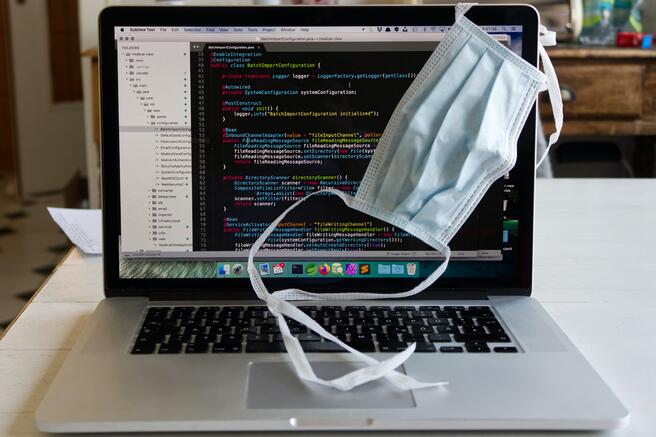

As markets move from response to recovery, our focus is shifting too. Looking ahead, we expect the global pandemic to operate as a catalyst, accelerating changes in human behavior, driving forward scientific and technological advances, and ushering in further digitalization and some tough choices on automation.
Leading organizations will boldly question long-held assumptions about how work should be done and how the office is configured. There is no one-size-fits-all solution. The answer is different for every organization, will be based on what talent is needed, how much collaboration is necessary for excellence, and what measures will be needed to safeguard workers, amongst other factors. Even within an organization, the answer could look different across geographies, businesses, and functions, so the exercise of determining what will be needed in the future must be a team sport across real estate, human resources, technology, and the business.
Tough choices will come up and a leader must be empowered to drive the effort across individual functions and businesses. Permanent change will also require exceptional change-management skills and constant pivots based on how well the effort is working over time.
The new demand for corporate flexibility

With the pandemic driving workforces out of the office and into their homes, companies have seen both the benefits and downfalls of working from home. Professionals have proven that even with the lack of an office that productivity can be achieved. That being said, the lack of human interaction and collaboration can be felt by workforces. Data shows that working from home has caused a productivity lag within businesses. Connection, knowledge sharing, and informal social interaction seemed to be a struggle for employees during the enforced home working period. The Leesman home working benchmark indicates this. Proving that collaboration and team working is more effective – allowing teams to quickly collate and curate ideas in a physical environment.
In order to adapt to the new flexible model, businesses will need to evolve technologically as well. Businesses will need to establish allocation rules in order to keep their staff safe, keep productivity up, and support the shift to hybrid working. Tools such as the return to work app, will feature as one of the biggest up takes for companies’ flexibility strategy. Companies will now be making data informed decisions on how to best utilize their space to safe guard their staff and adhere to new cleaning compliances.
A new emphasis on employee physical and emotional wellbeing and happiness

Even before Covid-19, there was a growing emphasis by the workforce on the importance of wellbeing and job satisfaction within the office. After the initial lockdown businesses were firmly entrenched to react and respond, undertaking their own threat analysis, looking for information and guidance, and understanding the immediate impact on their own employees’ wellbeing.
As we look at Workplace 2.0, productivity and wellbeing should be at the forefront of business decisions as professionals make their return. Not only are companies now having to be more mindful of the physical and emotional state of their workforce, but now have to adhere to new compliances in order to bring them back into their offices.
There is now a growing need for cleaning assurance and congestion reduction in order to ease the minds of employees and allow companies to remain compliant. As previously stated, companies are now adapting more flexibility, meaning that a certain standard will need to met in the office. Providing contextual space finding, live availability and real time sensing will ensure, regardless of the need for social distancing, that productivity will continue.
Enterprise agility re-imagined

Agile methodology has steadily picked up the pace in the business world since the early 2000s, as companies dared to reimagine the way work is done. Through the years this agility has defined major changes within industries.
Before the coming of COVID-19, business and technological forces already required organizations to manage change and make decisions more quickly than ever before. The pandemic has vastly intensified those needs. Never have companies of all sizes felt so much pressure to make their business models fit changing requirements. And the need for speed won’t be temporary—digitization, globalization, automation, analytics, and the other forces of change will go on accelerating too. “The pace of change has never been this fast, yet it will never be this slow again,” said Justin Trudeau. That quip dates from 2018 but is even more apt now.


